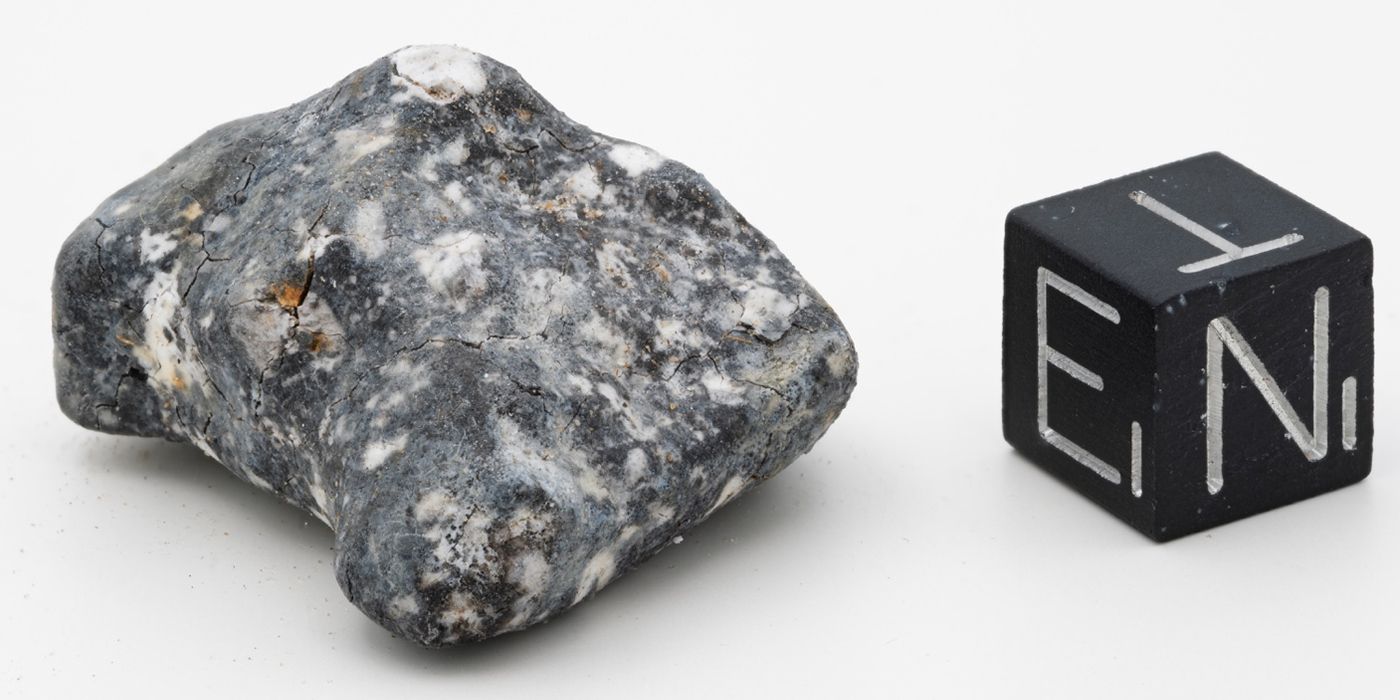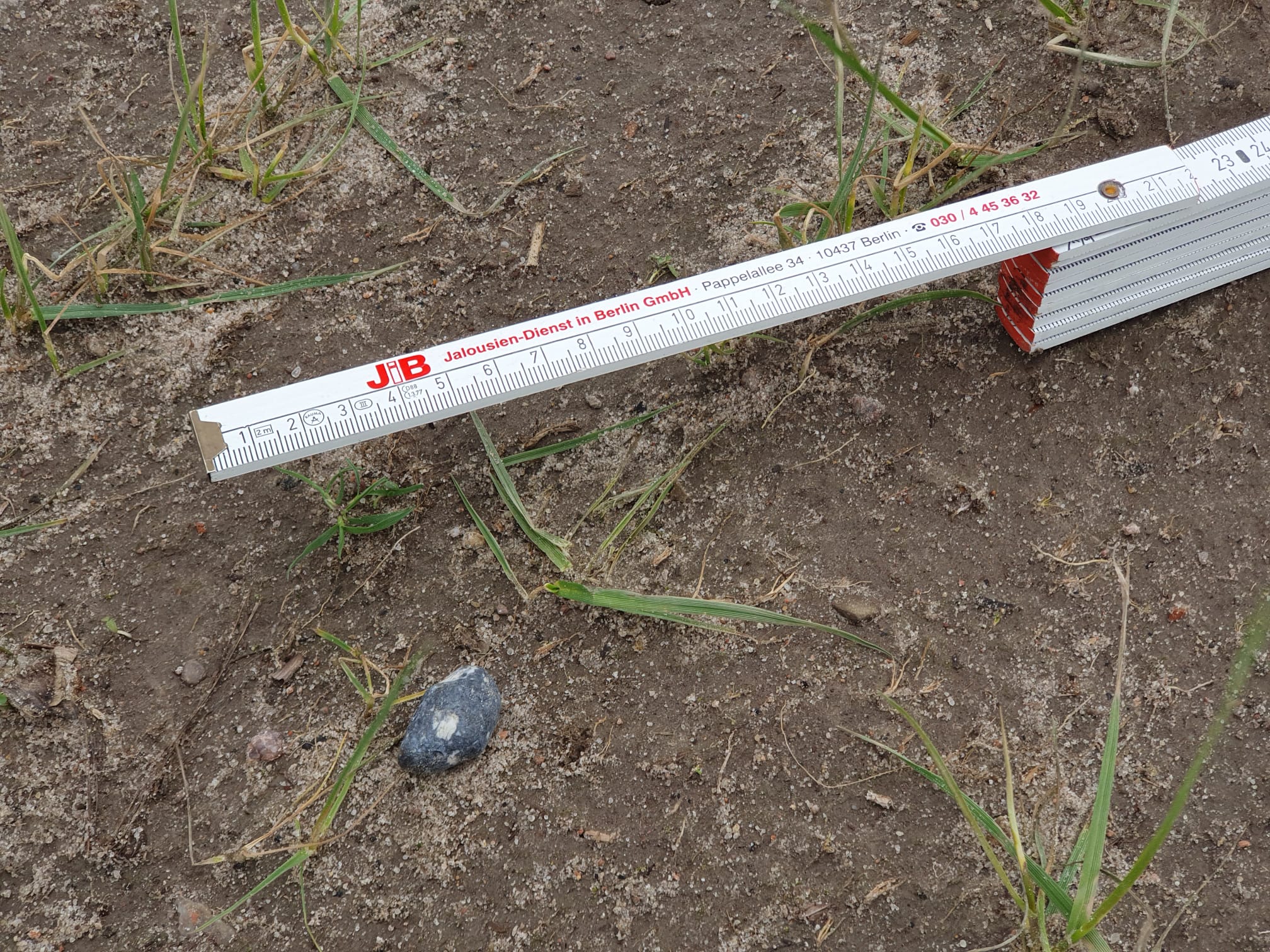
The asteroid 2024 BX1’s trip toward Earth ended in a fireball Jan. 21, 2024. Soon after, experts rushed to locate pieces of the resulting meteorite. The fragments — about the size of a walnut — were gathered by a team that included members from the Museum für Naturkunde Berlin, the SETI Institute, and others.
Following a quick initial laboratory analysis, the team found the meteorite is a rare type called an aubrite, the SETI Institute announced in a press release. This backs up the suspicions of several people who saw images of the meteorite fragments and, from its appearance, suspected it might be an aubrite.
The team has sent their results to the International Nomenclature Commission of the Meteoritical Society for further analysis and confirmation of 2024 BX1’s strange composition.
“So far, there is only material from 11 other observed falls of this type in meteorite collections worldwide,” said Ansgar Greshake, curator of the Museum für Naturkunde’s meteorite collection and one of the collaborators who recovered pieces of the meteorite. “This underlines the immense importance of collections for research.”
On a hunt for a meteorite

2024 BX1’s meteorite fragments were hard to differentiate from the natural rocks in the area. While meteorites usually have a glossy black crust of glass, the recently crashed meteorites are coated with glass that is translucent, instead. “We only spotted the meteorites after a Polish team of meteorite hunters had identified the first find and could show us what to look for,” said Peter Jenniskens, a meteor expert at the SETI Institute.
What is in an aubrite?

Aubrites, named after Aubrés, a village in France where the first such meteorite fell in 1836, is a type of achondrite. These meteorites don’t contain chondrules — round mineral inclusions found in the most common types of meteorites, called chondrites. Instead, aubrites come from parent bodies that underwent significant melting. Some studies suspect aubrites might have formed in magma oceans in a region around the distance of Earth from the Sun .
Achondrites have a gray, granitelike appearance and can easily be mistaken for rocks found on Earth. These meteorites contain magnesium silicates enstatite and forsterite, but not much iron, according to Christopher Hamann, a meteorite researcher at the Museum für Naturkund involved with the classification.
Aubrites in particular interest scientists because they formed very early in the solar system’s history. Asteroids and the fragments of meteorites they create when they burn up in our atmosphere are like fossils of the solar system. Using them, researchers can piece together the history of our solar system and glean information about how the planets formed.









